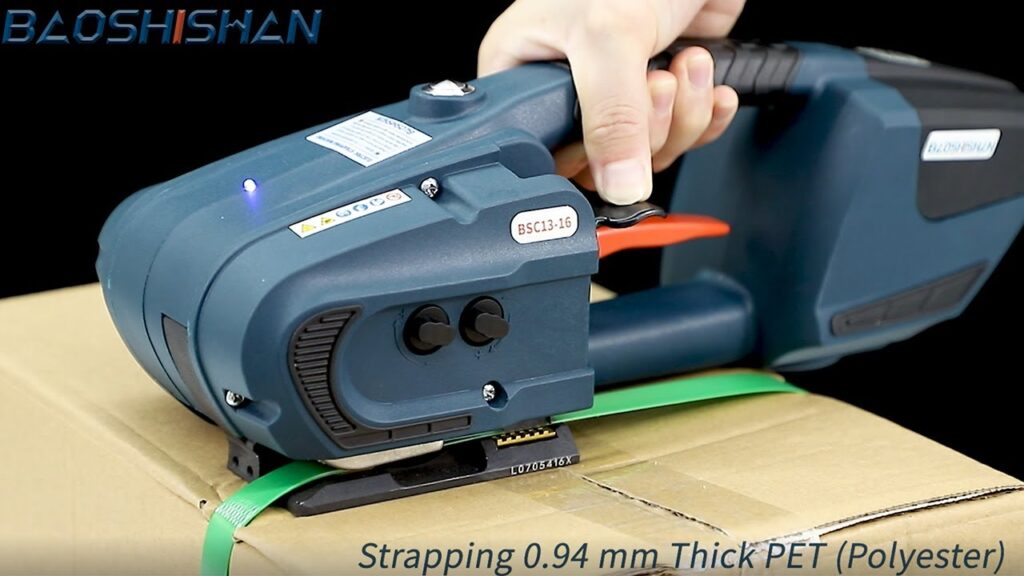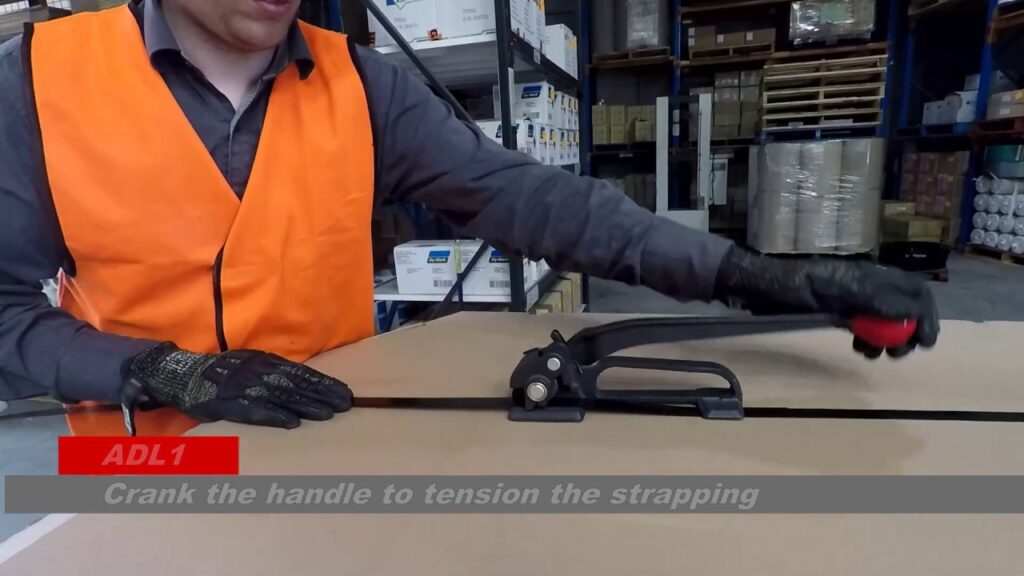Introduction
Strapping machines play a crucial role in the packaging industry, ensuring that products are securely bundled together before they are shipped to their final destination. However, operating and maintaining these machines require careful attention to safety protocols to prevent accidents and ensure the longevity of the equipment. In this article, we will explore the demonstrations on the safe operation and maintenance of power strapping machines, focusing on the essential steps that every operator should follow to ensure their own safety and that of others around them.
Ensuring Safe Operation of Power Strapping Machines
Operating a power strapping machine may seem straightforward, but it involves handling heavy equipment and working with potentially hazardous materials. To ensure safe operation, it is crucial to follow these steps:
Step 1: Familiarize yourself with the machine
Before using a power strapping machine, take the time to read the operation manual provided by the manufacturer. Familiarize yourself with the machine’s components, functions, and safety features. Understanding the equipment you are working with is essential for safe operation.
Step 2: Wear appropriate personal protective equipment (PPE)
Always wear the necessary personal protective equipment when operating a power strapping machine. This includes safety goggles, gloves, and steel-toed boots. PPE protects you from potential hazards such as flying debris, sharp edges, and accidental contact with moving parts.
Step 3: Inspect the machine before use
Before starting the strapping process, inspect the machine for any signs of damage or malfunction. Check all the moving parts, belts, and pulleys to ensure they are in good working condition. If you notice any issues, contact the appropriate maintenance personnel or supervisor for assistance.
Step 4: Load the strapping material correctly
Power strapping machines use different types of strapping material, such as steel or polyester strapping. It is essential to load the material correctly to prevent jams and ensure proper tension. Follow the manufacturer’s instructions for inserting the strapping material into the machine.
Step 5: Position the product and adjust tension
Place the product to be strapped on the machine’s platform and adjust the tension according to the manufacturer’s guidelines. The tension should be sufficient to secure the load without causing damage. Incorrect tensioning can lead to loose or tight straps, compromising the load’s stability during transit.
Step 6: Activate the strapping cycle
Once the product is correctly positioned and the tension adjusted, activate the strapping cycle according to the machine’s operating instructions. Be cautious and keep your hands clear of moving parts to avoid accidents. Some machines may have automated processes, while others may require manual input.
Maintenance of Power Strapping Machines
Regular maintenance is crucial to keep power strapping machines in optimal condition and prevent unexpected breakdowns. Here are some essential maintenance steps to follow:
Step 1: Clean the machine regularly
Dust, debris, and strapping residue can accumulate over time and interfere with the machine’s performance. Clean the machine regularly using a soft cloth and a mild cleaning solution. Avoid using abrasive materials or harsh chemicals that may damage the equipment.
Step 2: Lubricate moving parts
Power strapping machines have various moving parts that require lubrication to function correctly. Follow the manufacturer’s guidelines to identify the specific lubrication points and use the recommended lubricant. Regular lubrication minimizes friction, reduces wear and tear, and extends the machine’s lifespan.
Step 3: Inspect and replace worn-out parts
Regularly inspect the machine for any signs of wear or damage. Pay close attention to belts, pulleys, and any components that come into direct contact with the strapping material. Replace worn-out or damaged parts promptly to prevent accidents and equipment failure.
Step 4: Train operators on maintenance procedures
Provide comprehensive training to operators on the maintenance procedures specific to the power strapping machine they are using. Properly trained operators can identify minor issues before they become major problems, ensuring continuous operation and reducing downtime.
Conclusion
Power strapping machines are valuable assets in the packaging industry, streamlining the bundling process and improving efficiency. However, their safe operation and regular maintenance are essential to prevent accidents, protect operators, and maximize their lifespan. By following the demonstrations on safe operation and maintenance outlined in this article, operators can ensure a safe working environment and optimal performance of the strapping machines they utilize.
References:
– Strapping Machines – Signode Safety ([Link to be removed])
– Strapping Machines – Operation Manual, [Manufacturer’s Name]
Strapping Machines
“Enhancing Safety and Efficiency: Strapping Machines for Securing Cargo”


